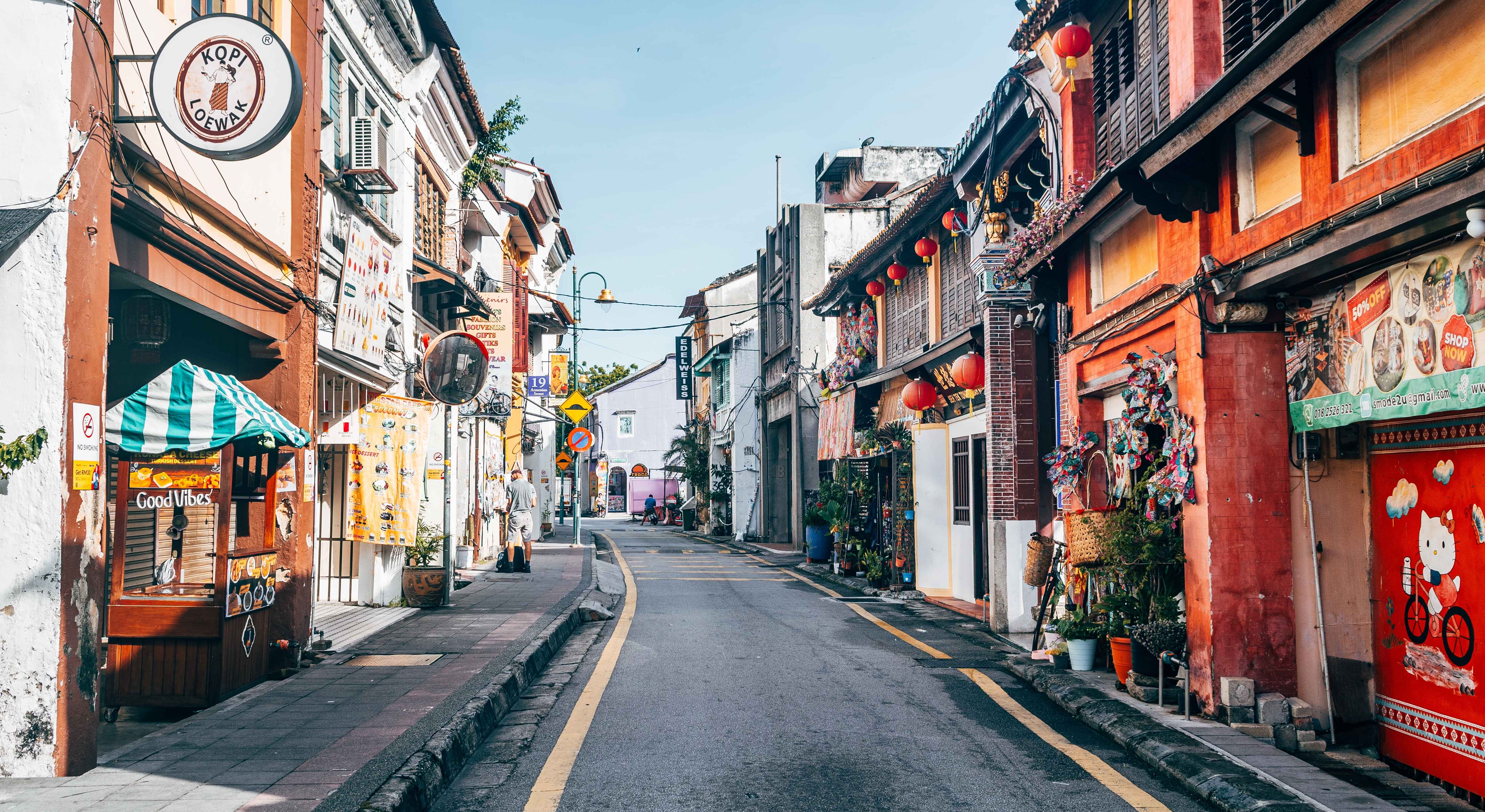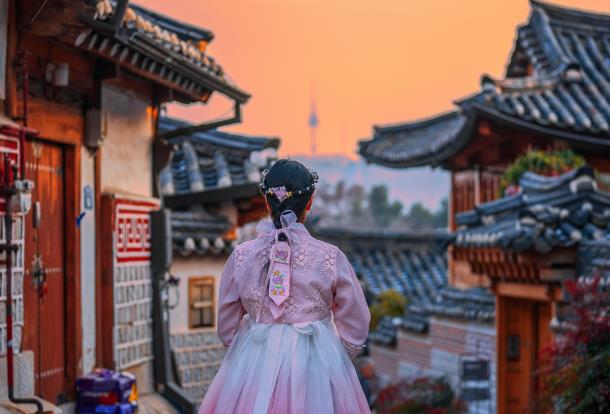
Just a few years ago, Penang was barely known among most Chinese travelers.
It wasn’t as metropolitan as Kuala Lumpur, as beachy as Langkawi, or as hyped a “diving paradise” buzz of Semporna. Back then, Penang was whispered among backpackers and art lovers as a quiet, “hidden gem” — a small heritage town by the sea.
But this year, something has changed.
Lines now form along the famous mural streets. On Penang Hill, you’ll hear Mandarin almost everywhere. The queues at laksa stalls are longer with tourists than with locals. Almost overnight, Penang has become a new favorite among Chinese travelers.
As a local taxi driver chuckled, “Penang’s gotten busier these past two years.”
Indeed, what was once a niche stop for independent travelers has entered the mainstream at remarkable speed.
The shift from “niche” to “mainstream” is more than just an influx of tourists — it reflects a deeper transformation in travel logic, capital cycles, and the city’s own evolution.
From “check-in spots” to “living vibes”: the changing taste of Chinese travelers
Since the pandemic, the focus of China’s outbound tourism has subtly shifted.
People no longer chase landmarks for social media clout; instead, they seek destinations that feel lived-in.
Penang sits precisely at this intersection.
It blends heritage with modern comfort — a place where travelers can sleep in, sip hand-brewed coffee, browse local bookstores, and take unhurried strolls in the sea breeze.
This “fragment of the Pearl of the Orient” has been rediscovered.
And the return of Chinese tourists brings more than traffic — it brings structural dividends: more independent travelers, higher spending power, longer stays.
For the tourism industry, this surge of “lifestyle travel” isn’t accidental; it’s a generational shift in consumer mindset.
Travel is no longer about “seeing sights” — it’s about living experiences.
Infrastructure and the Northern Gateway’s Reinvention
The 8th Penang International Travel Exchange (PITE) took place from September 29 to October 1, 2025, setting new records in scale.
Forty-eight exhibitors and more than 80 international buyers and media representatives from 13 countries — including China, India, Italy, Oman, the Philippines, and the UAE — gathered to discuss cooperation and new opportunities.
But growth stories need hard foundations.
Penang is investing heavily in infrastructure to strengthen its tourism and MICE (Meetings, Incentives, Conferences, and Exhibitions) industries.
The expansion of Penang International Airport marks a crucial step forward. Once completed, its annual capacity will double to 12 million passengers, making it the largest aviation hub in northern Malaysia.
The implication is clear: Penang is poised to become a major hub for both leisure and business travel.
With 19 international routes now open, travelers from China, India, and the Middle East can reach the island with ease.
Penang’s tourism is no longer a stand-alone sector — it’s interconnected with logistics, conventions, healthcare, and education, forming a diverse urban ecosystem.
Its vision is to become a sustainable city destination — a place where people want to visit, invest, and live.
Global tourism in transition: from destinations to ecosystems
The global tourism industry is undergoing a profound transformation — from destination-based to ecosystem-based models.
In the post-pandemic era, the old formula of “sun, sand, and resorts” is losing its edge.
Today’s travelers are more discerning, seeking emotional depth and cultural immersion rather than simple relaxation.
Traditional island destinations are seeing their appeal gradually fade.
As the global middle class turns toward “immersive lifestyles” instead of “bucket-list check-ins,” smaller, culturally rich cities are entering their golden age.
According to the UN World Tourism Organization, Southeast Asia’s international arrivals grew over 20% in 2024, with mid-sized cultural cities driving much of the increase.
Compared to traditional hotspots like the Maldives or Phuket, places like Penang — compact, creative, and culturally layered — are becoming the new gateways for international travelers.
Investment interest in Penang is also shifting — from hotel real estate to content-driven and creative economy ventures.
Events such as the George Town Festival, Penang Design Week, and emerging creative economy funds are turning the city’s soft power into a new growth engine.
Recently, Lonely Planet named Penang one of the Top 7 Travel Destinations in Southeast Asia. Its capital, George Town — a UNESCO World Heritage Site — continues to attract global tourists and creators alike.
The competition in global tourism is no longer about scenic spots; it’s about ecosystems.
In this new cycle, the long-term winners will be those who can build sustainable cultural and industrial ecosystems resilient to global tourism’s fluctuations.
And Penang — quietly and confidently — stands at that very inflection point.




